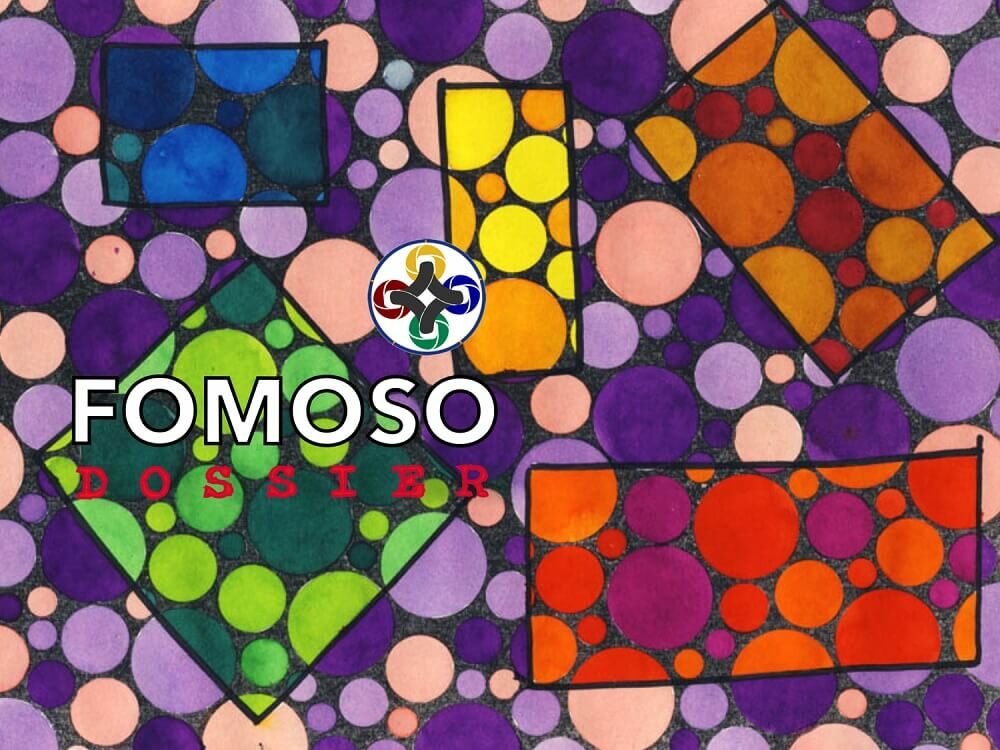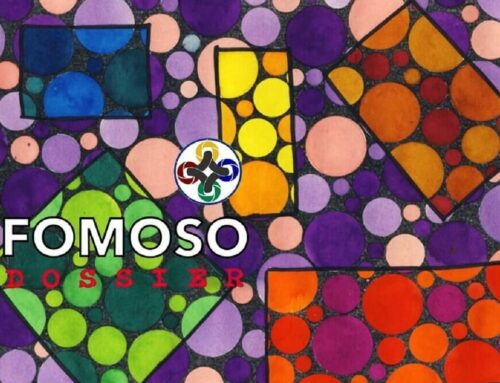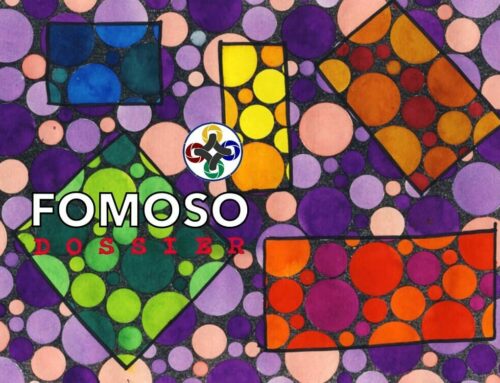Giuliana Peduto
The Republic of North Macedonia was the first Western Balkan state to sign the Stabilisation and Association Agreement as part of the Stabilisation and Association Process (SAP). It entered into force in April 2004 and in 2005 the country became a candidate for accession to the EU.
In 2009 the European Commission recommended to the Council to open the accession negotiation with the Republic of North Macedonia and more than ten years later, in March 2020, ministers for European affairs gave their political agreement to the opening of negotiations with the country, but they are still not opened.
On the Council decision of 18 February 2008 “on the principles, priorities and conditions contained in the Accession Partnership with the former Yugoslav Republic of Macedonia and repealing Decision 2006/57/EC”[1] has been settled short-term priorities which were expected to be accomplished within one to two years, and medium-term priorities, which were expected to be accomplished within three to four years. The key priorities identified by the Council were:
- Ensure the correct implementation of all commitments under the Stabilisation and Association Agreement;
- Promote a constructive and inclusive dialogue, in particular in areas which require consensus between all political parties, in the framework of the democratic institutions;
- Ensure effective implementation of the law on police;
- Establish a sustained track record on implementation of judiciary reforms and strengthen the independence and overall capacity of the judicial system. Implement the reform of the prosecution and finalize the appointment of the Judicial Council;
- Establish a sustained track record on implementation of anti-corruption legislation;
- Ensure that recruitment and career advancement of civil servants is not subject to political interference, further develop a merit-based career system and implement fully the law on civil servants;
- Reduce impediments to employment creation and address in particular youth and long term unemployment;
- Enhance the general business environment by further improving the rule of law, strengthening the independence of regulatory and supervisory agencies, speeding up legal procedures and continuing registration of property rights.
Instrument for Pre-accession Assistance
The European assistance under the Stabilisation and Association Process to the Western Balkan countries is provided by the financial instruments, in particular by the Instrument for Pre-accession Assistance (IPA) [2]. This economic tool has arrived at the conclusion of its second edition, but in April 2018, the European Commission launched a proposal for a new edition, IPA III, starting from 1 January 2021.
The first IPA (2007-2013) had a total budget of €11.5 billion, including €615.1 million for the Republic of North Macedonia. Under the IPA II (2014-2020) the country received 608.7 millions of euros out of 11.7 billion, distributed as follows:
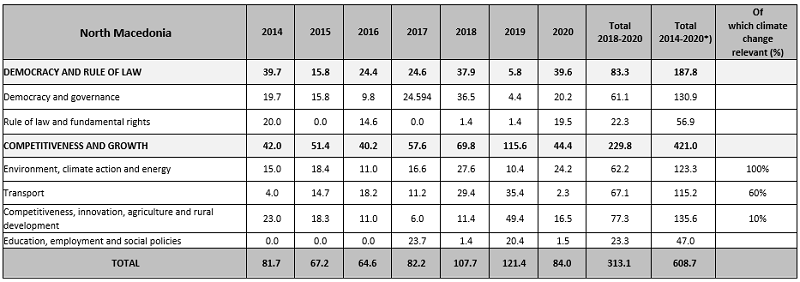
- 1. Source: ec.Europa.eu
The priorities and objectives for the 7-year period are indicated in the Country Strategy Papers, based on the significant improvements and reforms needed for beneficiaries to advance on the path to EU membership.
The priorities described in the Strategy documents are interpreted in detailed actions, included in Annual or Multi-annual Action Programms.
Orient/East-Med Corridor: The former Yugoslav Republic of Macedonia – Bulgaria CVIII Rail Interconnection (Beljakovce – Kriva Palanka)
On the basis of the above table, a fairly large amount of EU funds under IPA II in North Macedonia is expected to be used in the transport sector. Upgrading and modernization of the transport infrastructure is a priority of the operational Programme “Regional Development” aimed to contribute to a better cohesion with the EU Member States and regional neighbours through investments in the transport infrastructure network.
Among other things, the country has developed a connectivity project to rehabilitate the East/East-Med Corridor. It runs between Hamburg and Bremen in Germany and Thessaloniki and Varna in Greece and Bulgaria; in North Macedonia it includes an 89 km-long rail section between Kumanovo and the border with Bulgaria. The project has a total budget of 283.812.316,00 € and the EU funds in the form of a grant of 82.056.316,00 €. The European Bank for Reconstruction and Development (EBRD) participated with a loan of almost 75.000.000 €.
The Project began in the middle of 2019 and is expected to be completed by the end of 2022. The country planned to develop this route date back to the nineteenth century (1888- 1888), with various segments, built and overhauled until 2004, when all construction ceased because of lack of monetary resource.
The rehabilitation of the Corridor will significantly influence socio‐economic growth of the North‐Eastern Region of Macedonia, bringing sustainable benefits to the population, businesses and the economies of this Region.
The objectives of the Project are:
- Reducing travel time between Skopje and Sofia by rail by approximately 1 hour against current road travel time;
- Reducing regional travel time between Kumanovo and Kriva Palanka by rail to approximately 35 minutes against current travel time of approximately 50 minutes by road;
- Shorten Macedonia to Black Sea railway link by approximately 200 km;
- Shorten Macedonia to Istanbul railway link by approximately 150 km;
- Increasing freight capacity by being able to accommodate up to 10 daily freight trains per direction which are equivalent to 400 road trucks.
There are expected many benefits from the Project: more than 300 new jobs created during construction, operation, and maintenance periods; direct access to modern means of transport for more than 350,000 people living along the railway route; decrease in travel time between Kumanovo and Kriva Palanka; increase by 20% in annual freight volume; reduction of current air and noise pollution levels caused by diesel operations as well as by road transport on the entire route; reduced operational and maintenance costs for railway operators; improved trade flows with countries in the region and thus a positive impact on the broader economy of the former Yugoslav Republic of Macedonia[3].
The Project has been divided into the following 3 sections:
- Section 1: Kumanovo to Beljakovce (30.8 km): the railway previously operated along this section until 1994 and rehabilitation of this section will be undertaken as part of this Project;
- Section 2: Beljakovce to Kriva Palanka (33.9 km): railway construction works in this section were previously undertaken and need completing along with the construction of missing railway line and structures;
- Section 3: Kriva Palanka to Deve Bair, at the Bulgarian border (23.4 km): no previous railway development has been undertaken within this section (except for border tunnel works between 1940 and 1945) therefore the construction of the railway line and structures is required along the entire route[4].
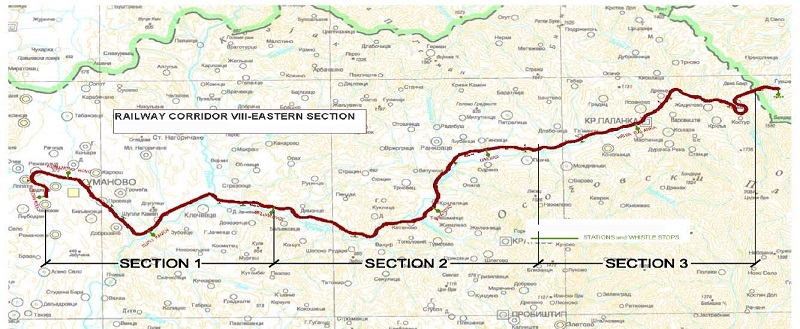
2 Source: EBDR.com
Referenzen:
[1] https://eur-lex.europa.eu/LexUriServ/LexUriServ.do?uri=OJ:L:2008:080:0032:0045:EN:PDF
[2] https://www.fomoso.org/en-org/eu-regionalpolitik-in-moso/eu-projects-in-albania-the-western-balkans-albania-background-knowledge/
[3] https://www.wbif.eu/storage/app/media/Library/9.Sectors/5.Transport/12.2017-Connectivity-Project-MKD-CVIII-Rail.pdf
[4] https://www.ebrd.com/english/pages/project/eia/42921.pdf

